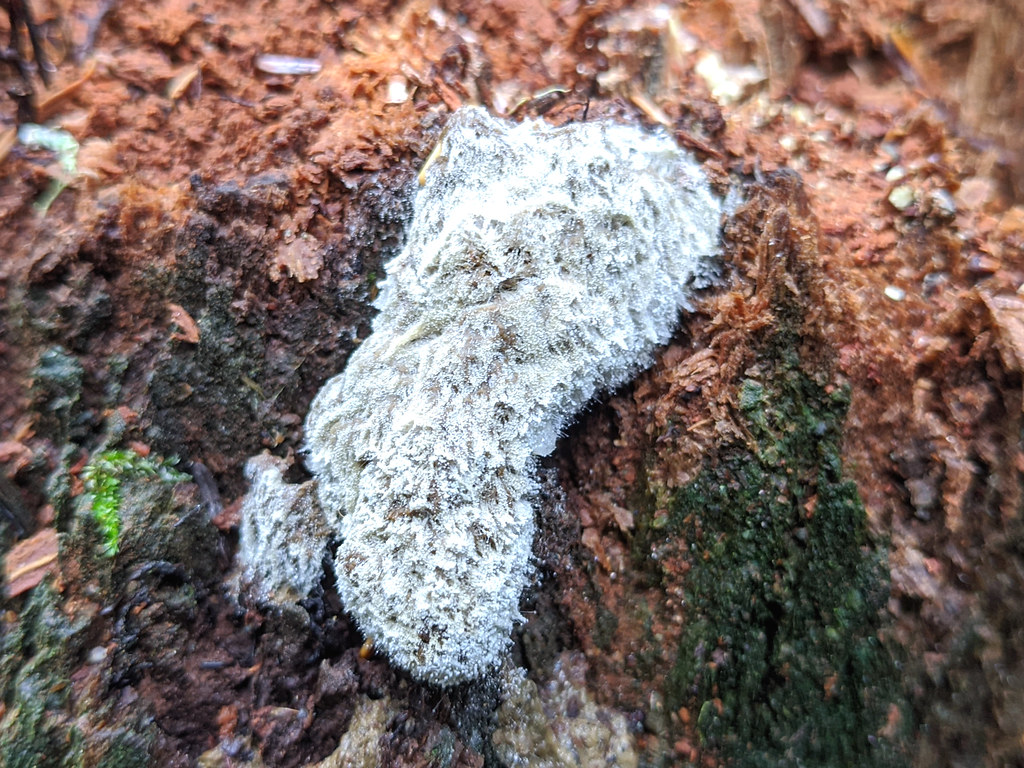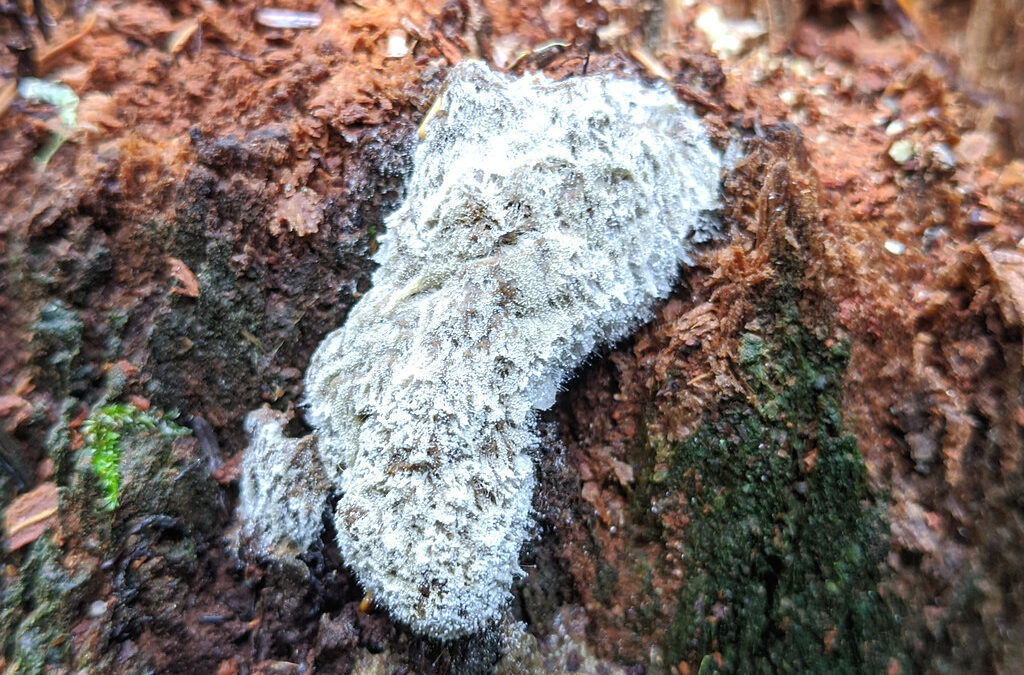Mold is a common problem that can occur in homes, offices, and other buildings. It thrives in damp, humid environments and can grow on various surfaces, including walls, ceilings, floors, and furniture. While some types of mold are relatively harmless, others can pose serious health risks, especially for individuals with allergies, asthma, or weakened immune systems. Identifying the type of mold present in your space is crucial for determining the appropriate course of action and ensuring the safety of those who occupy the area.

Table of Contents
What is Mold?
Mold is a type of fungus that grows in the form of multicellular filaments called hyphae. These hyphae form a network called mycelium, which is responsible for absorbing nutrients from the organic matter on which the mold grows. Mold reproduces by releasing tiny spores into the air, which can spread and colonize new surfaces when conditions are favorable.
Mold requires four key elements to grow: moisture, oxygen, a food source, and a suitable temperature range. Moisture is the most critical factor, as mold cannot grow without sufficient water. Common sources of moisture include leaks, condensation, high humidity, and flooding. Organic materials such as wood, paper, and fabric provide an ideal food source for mold, while most types of mold thrive in temperatures between 40°F and 100°F (4°C to 38°C).
Common Types of Mold:
There are numerous types of mold, each with its own characteristics and potential health effects. Some of the most common types of mold found in indoor environments include:
- Aspergillus Aspergillus is a genus of mold that includes over 185 species, many of which are commonly found in indoor environments. These molds can appear in a variety of colors, including green, gray, brown, and black. Aspergillus molds are known for their fast growth and ability to thrive in a wide range of conditions.
Some common species of Aspergillus include:
- Aspergillus fumigatus: This species is often found in homes and is known for its ability to cause respiratory issues, particularly in individuals with weakened immune systems.
- Aspergillus niger: Commonly found on fruits, vegetables, and other food products, this species can also grow on damp walls and other surfaces.
- Aspergillus flavus: This species is known for its ability to produce aflatoxin, a potentially carcinogenic substance that can contaminate food products.
- Penicillium Penicillium is another genus of mold that includes over 300 species, many of which are commonly found in indoor environments. These molds often appear as blue or green fuzzy growths and can grow on various surfaces, including walls, ceilings, and food products.
Some common species of Penicillium include:
- Penicillium chrysogenum: This species is often found in water-damaged buildings and can cause allergic reactions in some individuals.
- Penicillium citrinum: Commonly found on food products, this species can produce a toxin called citrinin, which can cause kidney damage in animals.
- Stachybotrys Stachybotrys, also known as “black mold,” is a genus of mold that is often associated with water damage and is known for its potential to cause serious health problems. This type of mold appears as a dark green or black slimy growth and has a distinctive musty odor.
The most notable species of Stachybotrys is Stachybotrys chartarum, which has been linked to a variety of health issues, including respiratory problems, headaches, and neurological symptoms. This species is known for its ability to produce mycotoxins, which are toxic substances that can cause harm to humans and animals.
- Cladosporium Cladosporium is a genus of mold that includes over 40 species, many of which are commonly found in both indoor and outdoor environments. These molds often appear as olive-green or brown velvety growths and can grow on various surfaces, including walls, ceilings, and fabrics.
Some common species of Cladosporium include:
- Cladosporium herbarum: This species is often found in indoor environments and can cause allergic reactions in some individuals.
- Cladosporium sphaerospermum: Commonly found in water-damaged buildings, this species can grow on various surfaces, including paint and wallpaper.
- Fusarium Fusarium is a genus of mold that includes over 50 species, many of which are plant pathogens and can cause significant damage to crops. In indoor environments, Fusarium molds can grow on various surfaces, including walls, ceilings, and fabrics, and often appear as pink, red, or white cottony growths.
Some common species of Fusarium include:
- Fusarium oxysporum: This species is known for its ability to cause infections in immunocompromised individuals and has been linked to respiratory issues and eye infections.
- Fusarium solani: Commonly found in soil and on plant debris, this species can also grow in indoor environments and has been associated with skin and nail infections.
Identifying Mold:
Identifying the specific type of mold present in your space can be challenging without professional testing. However, there are some general characteristics that can help you determine whether mold is present and what steps you should take to address the problem.
- Appearance Mold can appear in a variety of colors, including black, green, gray, brown, white, and pink. It often appears as fuzzy, slimy, or velvety growths and can have a distinctive musty odor. If you notice any discoloration or growths on walls, ceilings, floors, or furniture, it may be a sign of mold.
- Location Mold tends to grow in damp, humid areas with poor ventilation. Common locations for mold growth include bathrooms, kitchens, basements, and areas around leaks or water damage. If you notice mold in these areas, it may be a sign of a moisture problem that needs to be addressed.
- Health Effects Exposure to mold can cause a variety of health effects, particularly in individuals with allergies, asthma, or weakened immune systems. Common symptoms of mold exposure include:
- Sneezing and runny nose
- Coughing and wheezing
- Eye irritation and watery eyes
- Skin rash or irritation
- Headaches and fatigue
If you experience any of these symptoms and suspect that mold may be the cause, it is important to have the area tested and take steps to remove the mold and address the underlying moisture problem.
Professional Mold Testing:
While it is possible to identify the presence of mold through visual inspection and general characteristics, determining the specific type of mold present in your space requires professional testing. Mold testing involves collecting samples of the mold and analyzing them in a laboratory to identify the specific species present.
There are several methods for collecting mold samples, including:
- Surface Sampling Surface sampling involves using a swab or tape to collect a sample of the mold growth directly from the affected surface. This method is useful for identifying the specific type of mold present and determining the extent of the growth.
- Air Sampling Air sampling involves using a specialized device to collect samples of the air in the affected area. This method is useful for determining the concentration of mold spores in the air and identifying potential health risks.
- Bulk Sampling Bulk sampling involves collecting a piece of the affected material, such as drywall or insulation, and sending it to a laboratory for analysis. This method is useful for identifying the specific type of mold present and determining the extent of the growth.
Once the samples have been collected and analyzed, the laboratory will provide a report that identifies the specific types of mold present and their concentrations. This information can be used to determine the appropriate course of action for removing the mold and addressing the underlying moisture problem.
Mold Removal and Remediation:
If mold is identified in your space, it is important to take steps to remove it and address the underlying moisture problem to prevent future growth. The specific steps involved in mold removal and remediation will depend on the extent of the growth and the type of mold present.
In general, the mold removal and remediation process involves the following steps:
- Containment The first step in mold removal is to contain the affected area to prevent the spread of mold spores to other parts of the building. This typically involves sealing off the area with plastic sheeting and using negative air pressure to prevent the spores from escaping.
- Removal Once the area is contained, the next step is to remove the mold growth and any affected materials. This may involve scrubbing the surface with a detergent solution, using a HEPA vacuum to remove loose spores, or removing and disposing of porous materials such as drywall or insulation.
- Cleaning and Disinfection After the mold growth has been removed, the affected area should be thoroughly cleaned and disinfected to kill any remaining spores and prevent future growth. This may involve using a biocide or other antimicrobial solution to treat the surface.
- Drying and Repair Once the area has been cleaned and disinfected, it is important to thoroughly dry the affected materials and repair any damage caused by the mold growth or the removal process. This may involve using fans, dehumidifiers, or other drying equipment to remove excess moisture and prevent future growth.
- Addressing Moisture Problems To prevent future mold growth, it is important to identify and address the underlying moisture problem that caused the growth in the first place. This may involve repairing leaks, improving ventilation, or using dehumidifiers to control humidity levels.
Conclusion:
Mold is a common problem that can occur in homes, offices, and other buildings. While some types of mold are relatively harmless, others can pose serious health risks, particularly for individuals with allergies, asthma, or weakened immune systems. Identifying the specific type of mold present in your space is crucial for determining the appropriate course of action and ensuring the safety of those who occupy the area.
If you suspect that mold may be present in your space, it is important to have 805 Property Restoration check your house so you can take a proactive approach to mold identification and remediation, you can help protect the health and safety of those who occupy the space and prevent future mold growth.
